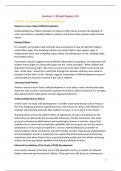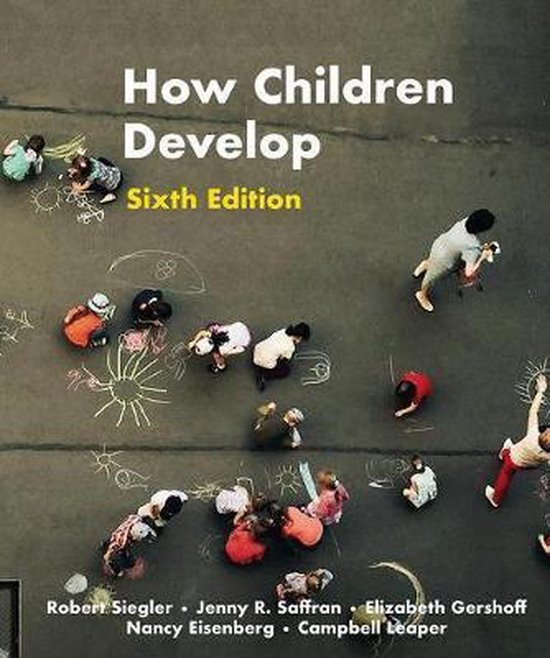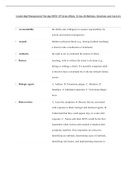Samenvatting
Samenvatting Development, Learning and Behavior:
- Instelling
- Universiteit Utrecht (UU)
- Boek
- How Children Develop
Volledige samenvatting voor het tentamen van het vak Development, Learning and Behavior: aan de universiteit Utrecht. Bevat de volgende hoofdstukken: 1, 2, 3 (79-113), 4, 5 (159-192), 6, 8, 9 (322-326). De samenvatting is geschreven in het Engels. Schooljaar
[Meer zien]







